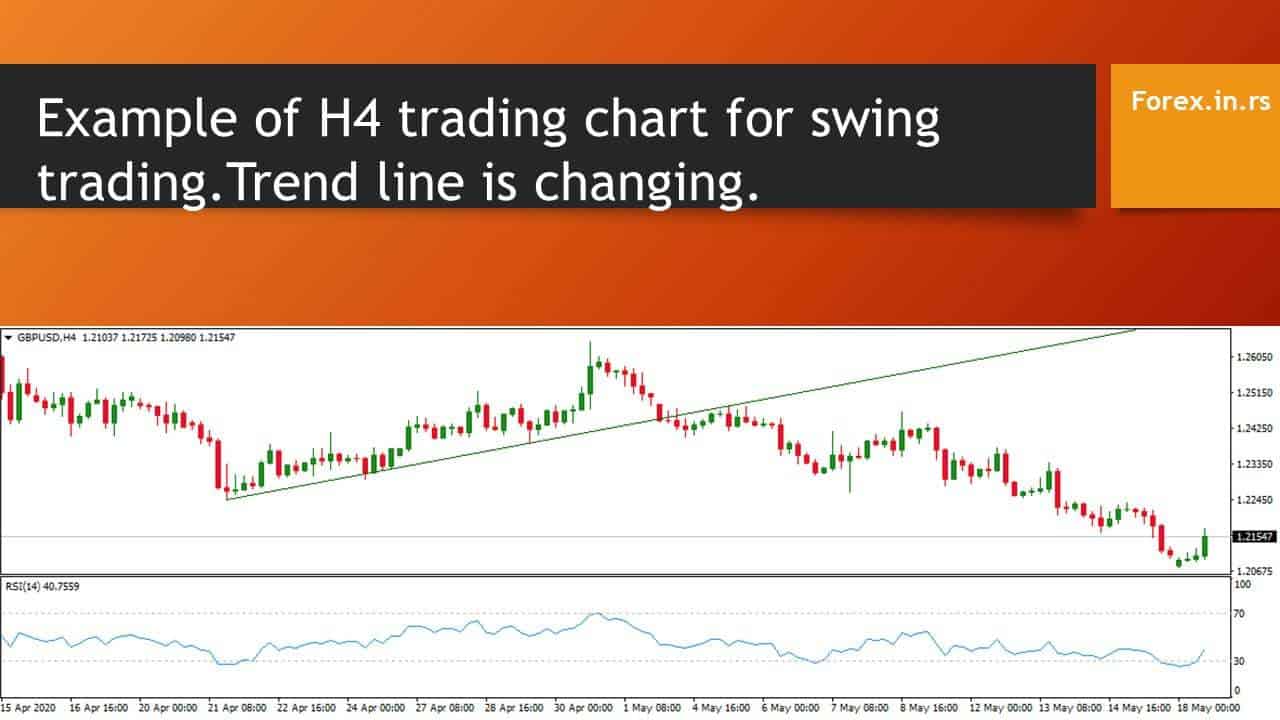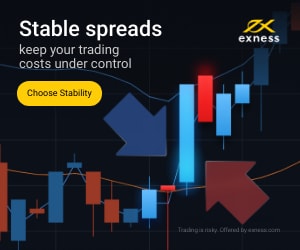Table of Contents
Swing trading is where strategy meets patience, and the real profit comes from catching the move rather than chasing it.
Unlike day trading, where trades are fast and fleeting, swing trading is about capturing meaningful price swings over several days or even weeks. It’s a sweet spot for many traders: not too fast, not too slow. But here’s the thing—your success hinges on one crucial element:
The entry point.

Getting in too early can leave you stuck in drawdown, second-guessing your setup. Jump in too late, and you risk entering just as the move is fading. The key is to position yourself right before momentum takes off, where risk is limited and potential reward is high.
Great swing trades don’t happen by luck. They’re built on structure—clear support and resistance, price compression, trend confirmation, and precise timing. In this guide, you’ll learn how to spot the perfect swing trade setup, backed by technicals and real-world logic. Whether you trade stocks or forex, mastering your entry is what separates hopeful trades from high-probability wins.
1. Identify Clear Support and Resistance Levels
-
Why: These levels define your risk and reward zones.
-
What to do:
-
Use daily or 4-hour charts to draw horizontal lines at major swing highs and lows.
-
Look for levels that have been tested multiple times—these are strong.
-
Mark your entry point near resistance (for short trades) or support (for long trades).
-
? Example from the video: ABGO had resistance at 198 and support at 188.
2. Look for a Contracting Range (Rubber Band Effect)
-
Why: A contracting range indicates a buildup of energy before an explosive move.
-
What to do:
-
Watch for price compression (lower highs and higher lows forming a wedge or triangle).
-
Volume should typically decrease during this phase.
-
When the price breaks out of this range with force and volume—that’s your trigger.
-
Think of this as coiling a spring—the longer it compresses, the stronger the potential breakout.
3. Check Relative Strength or Weakness
-
Why: A strong (or weak) stock/pair compared to its sector or index gives an edge.
-
What to do:
-
Compare the asset to a benchmark (e.g., SPY, DXY, sector ETFs, or forex basket indices).
-
Ask: Is this stock leading or lagging?
-
Align this with your bias:
-
Buy strong assets in strong markets.
-
Short weak assets in weak markets.
-
-
In the ABGO example, the stock was weak compared to its sector and the market, supporting a short setup.
4. Align Multiple Time Frames
-
Why: Multi-time frame confluence increases probability and clarity.
-
What to do:
-
Confirm that support/resistance levels match across daily, 4H, and 1H charts.
-
Look for trend agreement across these time frames.
-
Avoid trades where lower and higher time frames conflict.
-
In the example, higher time frame support broke and turned into resistance—a classic confirmation of a breakdown.
5. Use Moving Averages for Trend Confirmation
-
Why: MAs give directional bias and dynamic support/resistance.
-
What to do:
-
Use 20 EMA, 50 EMA, and 200 EMA for short to medium-term swing trades.
-
Favor trades in the direction of the slope:
-
Upward-sloping MAs = bullish bias.
-
Downward-sloping MAs = bearish bias.
-
-
Look for price rejection at MAs near your entry zone.
-
6. Watch for Elevated Volume at Key Levels
-
Why: Volume shows conviction. Smart money leaves footprints here.
-
What to do:
-
Check volume at breakout or breakdown zones.
-
High volume on failure to break a level = fakeout or trap entry.
-
Low volume = lack of interest, which can invalidate the setup.
-
In the ABGO trade, volume supported the rejection from 188, strengthening the short thesis.
Recap Checklist: Before Entering a Swing Trade
| ? Criteria | Description |
|---|---|
| Clear S/R Levels | Defined risk/reward zones |
| Contracting Range | Tension for breakout |
| Relative Strength/Weakness | Aligns with market behavior |
| Multi-Time Frame Confluence | Trend and level agreement |
| Moving Average Confirmation | MAs support trend bias |
| Elevated Volume | Confirm trader interest |
Bonus Tip
-
Be patient for your entry—wait for the price to react to your level, don’t predict it.
-
Set alerts at key levels.
-
Avoid mid-range entries where risk is undefined.
























